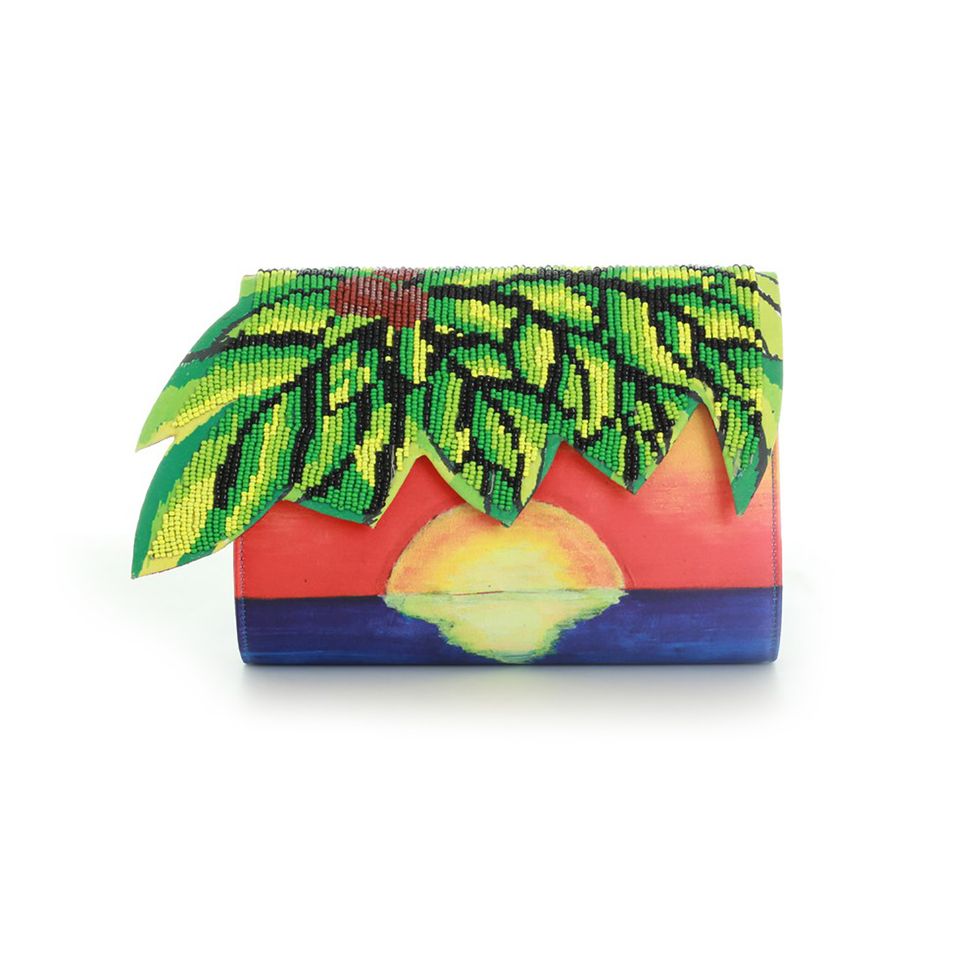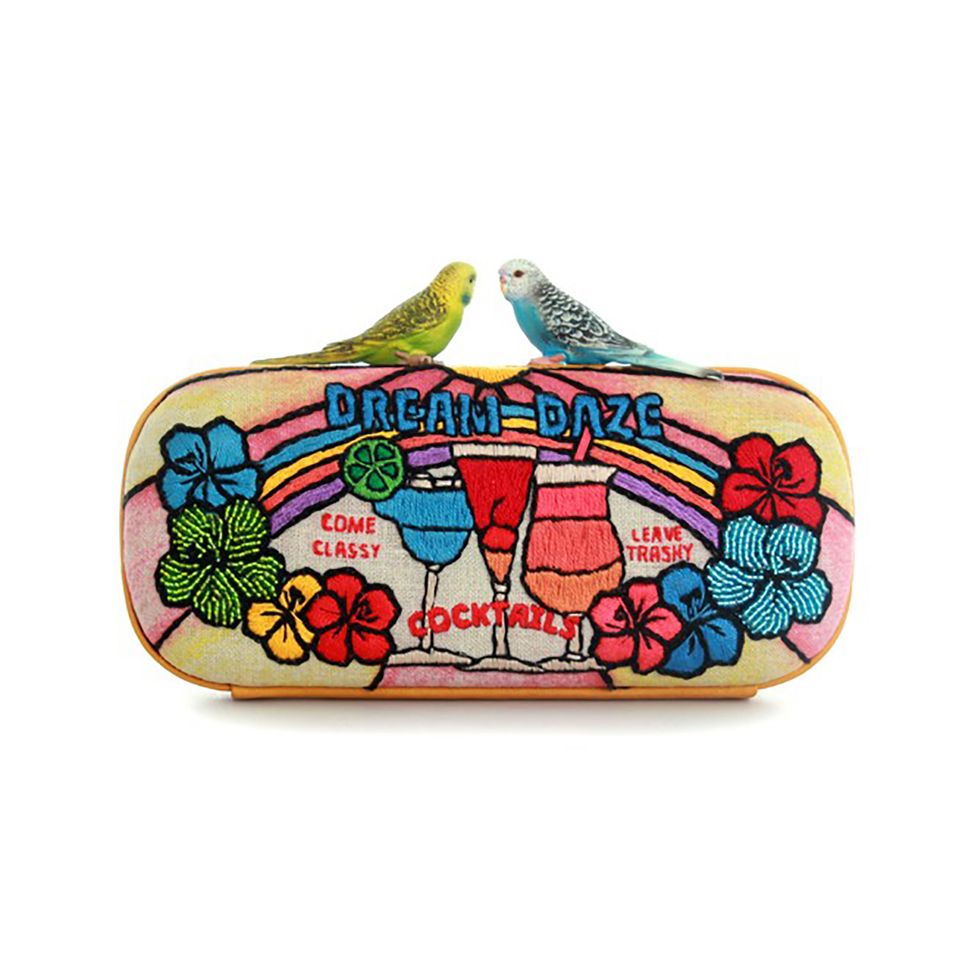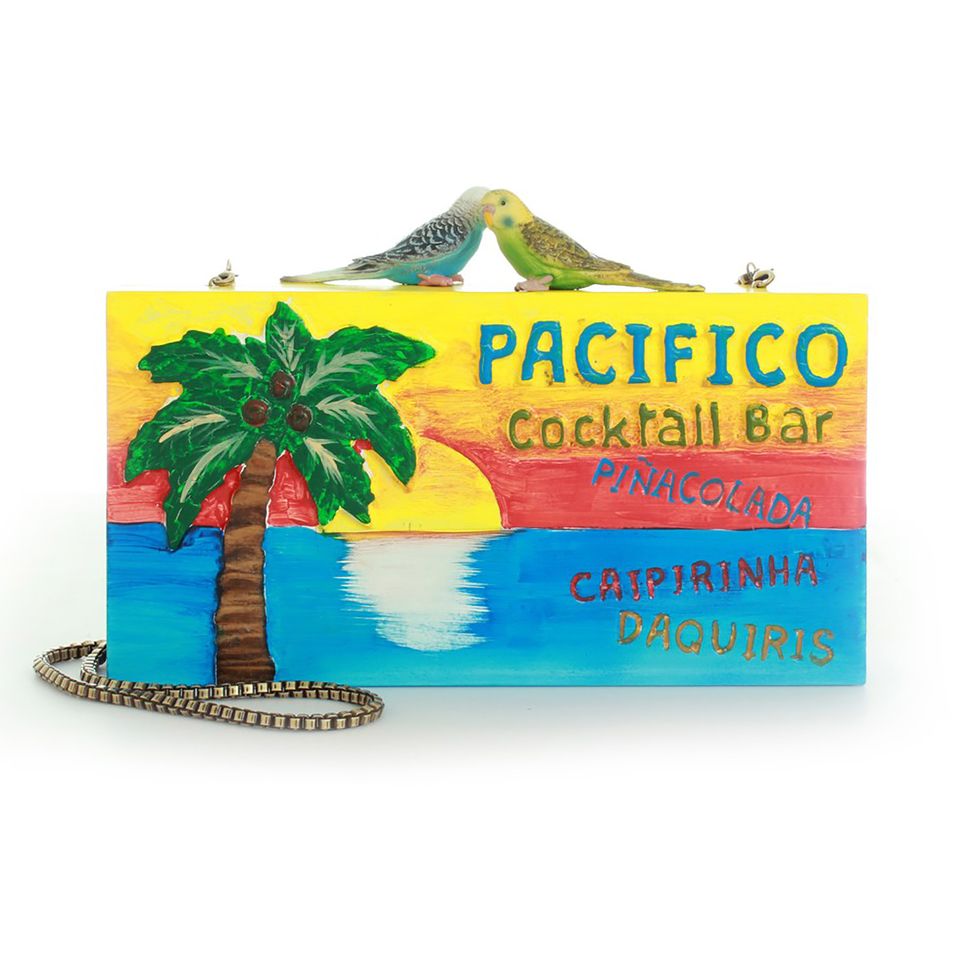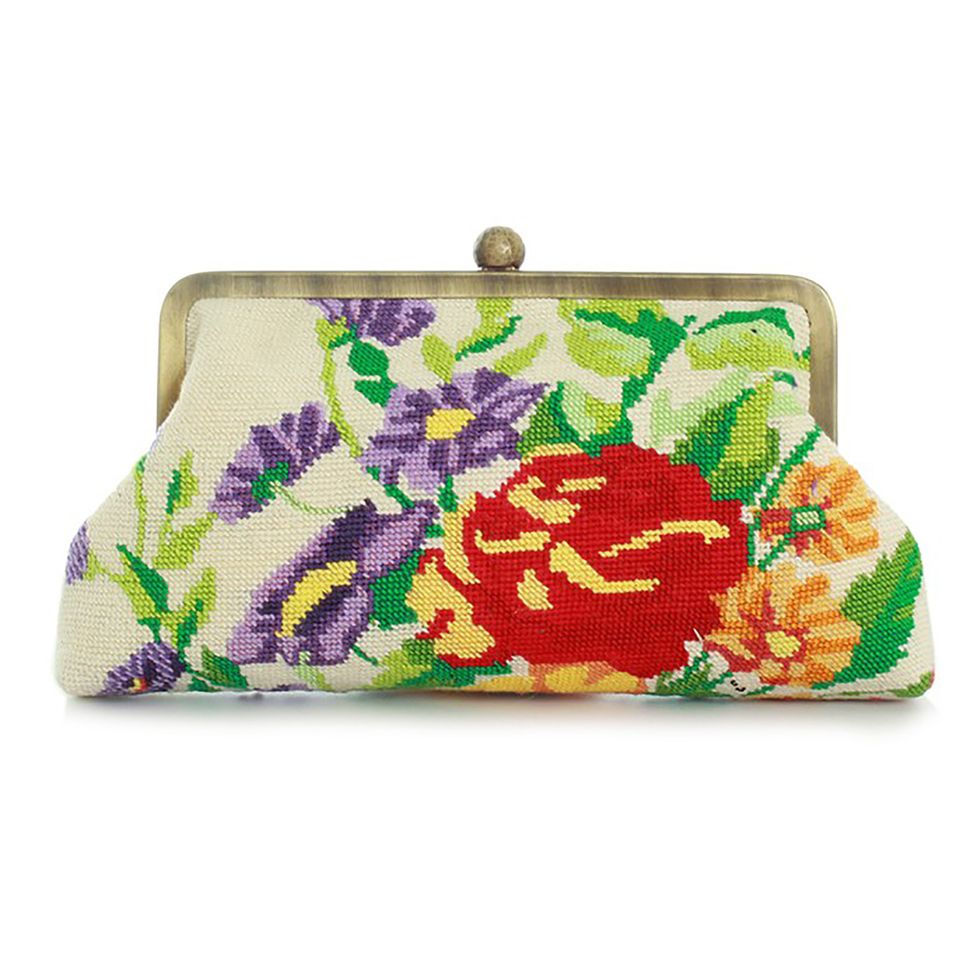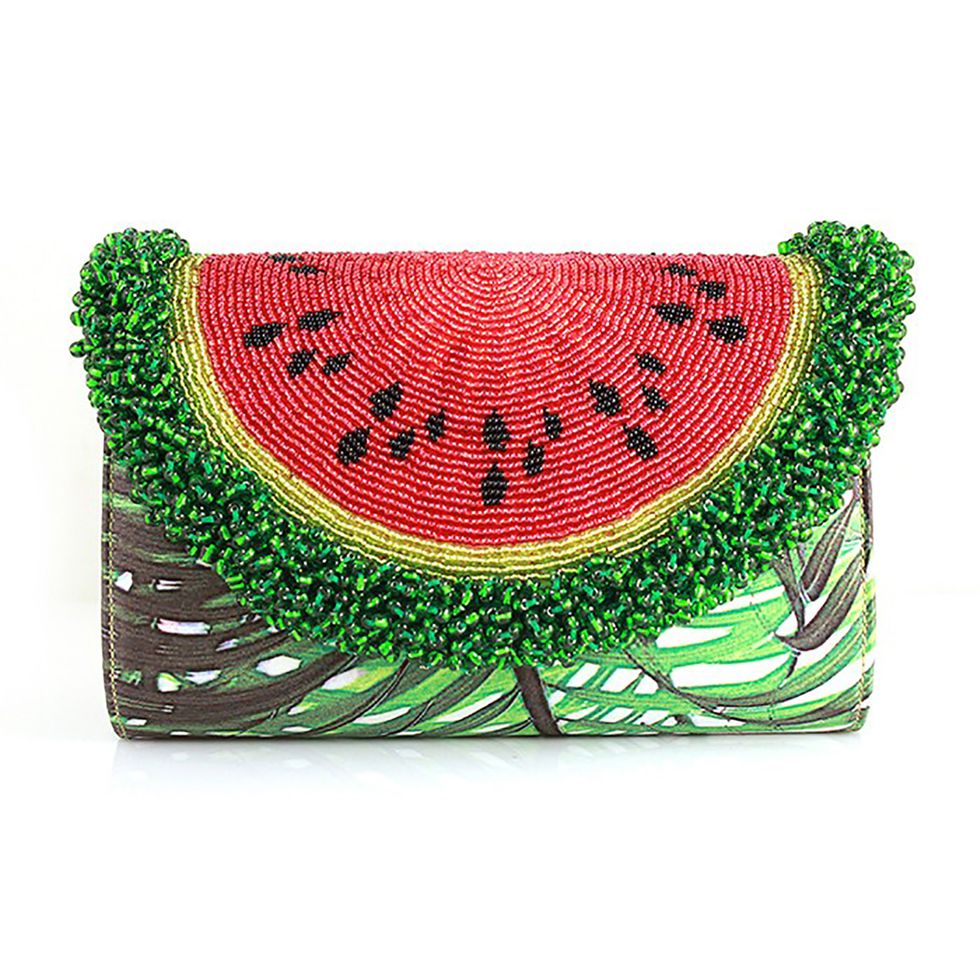How Sarah's Bag Revolutionized Production by Employing Marginalized Women
Chic bags with a mission.
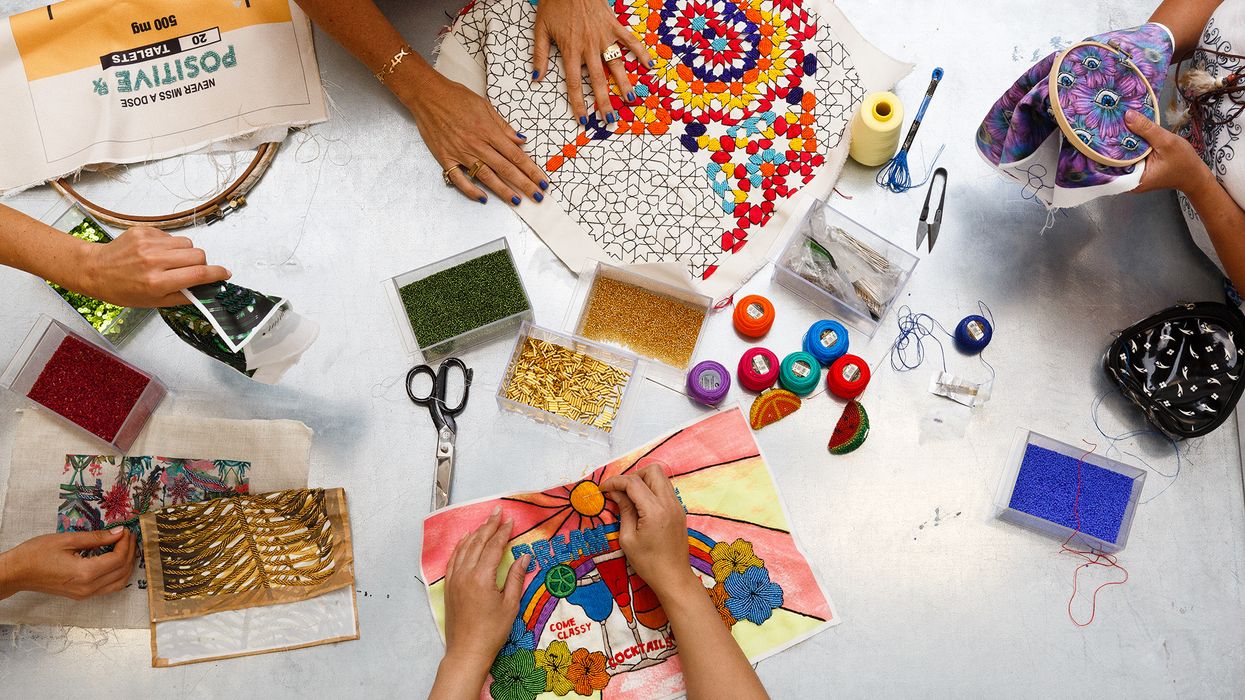
You probably know Sarah’s Bag from seeing it on MatchesFashion.com and at Moda Operandi, Five Story, and Kirna Zabete, and from her collaborations with *fashion people* like Samantha Boardman. What you might not know just from looking at Sarah Beydoun’s super fun, intricately embroidered, and festive bags, clutches, and novelty items, is that all the craftsmanship that goes into the handbags is done by marginalized and incarcerated women in Beirut, Lebanon, where Beydoun lives with her family. It’s the kind of project that’s unfortunately very rare in fashion—and when we all want to know where our shoes and bags and clothes are coming from, Sarah’s Bag can give a definitive answer. This is the ultimate feel-good fashion, which just also happens to be fabulous.
How Sarah’s Bag began:
“Sarah’s Bag started out as a rehabilitation project to empower underprivileged women in Lebanon. Believe it or not, I launched my label as a result of field research for a master’s thesis in sociology! As part of my research I worked for six months at an NGO in Lebanon called Dar Al Amal (House of Hope) that teaches underprivileged women, including ex-prisoners, skills that will help them become financially independent. My work with these women was a turning point in my life; I heard their stories of broken childhoods, abuse, violence, and crime, and it affected me deeply. Once you come face to face with these kinds of stories you can’t just go back to living your life in a bubble. I was really fired up to do something to help and the head of Dar Al Amal, a woman named Huda Al Kara, encouraged me to work with female prisoners in Baabda Women’s Prison that her NGO trains in various handwork techniques. I decided to design handbags that would showcase that handwork and to employ the prisoners to do the beading, embroidery and crocheting. We launched in May of 2000.”
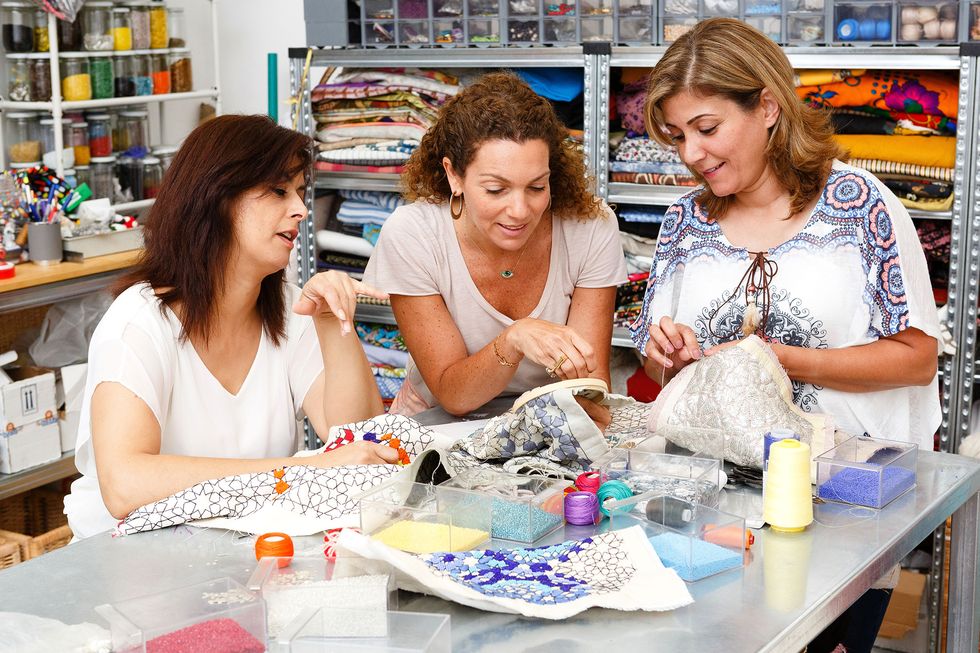
How her program works in practice:
“Sixteen years later we now work with 200 artisans, 50 of whom are prisoners and the rest are either underprivileged women or ex-prisoners who joined us while they were still serving their sentences. When we started our prison program in 2000, we worked hard to form a core team of artisans. I used to visit the prison three times a week to sit with the women, work on the designs and monitor their progress. They are paid per bag they work on, whether it is sold or not. Each bag requires anywhere between 10 and 25 hours to complete.”
What the artisans actually make for Sarah’s Bag:
“Our artisans create all the decorative elements on our handbags, accessories and home accessories. They are skilled in various techniques including beading, embroidery, sequinning, crochet, stitching and fabric manipulation.”
How working with Sarah’s Bag changes the lives with the women:
“I am very proud of the fact that most of the initial group of prisoners we started working with when we launched in 2000 is still with us today. Sarah’s Bag has had a positive ripple effect on our artisans, their families and their communities. After our best artisans complete their prison sentences and go back home, we encourage them to continue working with us and train other women in their towns or village and form teams. So these ex-prisoners become team leaders of a large group of women. Not only are they financially independent, they’re also able to overcome the stigma of being ex-prisoners by becoming respected members of their communities who provides much-needed jobs.
“There are also so many individual stories to tell: one of our artisans was wrongfully accused of murdering her husband, so she used the money she earned working with Sarah’s Bag in prison to hire a lawyer to reopen her case, overturn her sentence and help her regain her freedom. Another artisan was framed by her fiancé, who tricked her into signing papers to make her responsible for his debt. She was a young, sheltered girl who was in love and ended up in jail. She soon started working with us and proved to be extremely talented and hardworking, becoming a master artisan specializing in our signature Arabic calligraphy bags. She ended up working on the bag that Queen Rania wore at the King of Spain’s wedding and she was so proud.”

